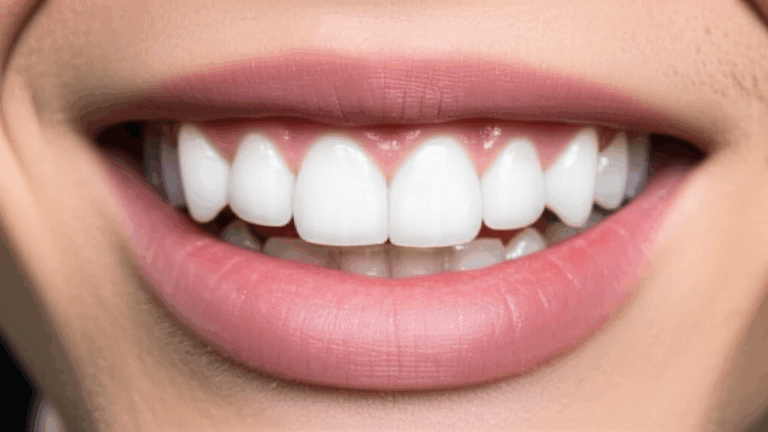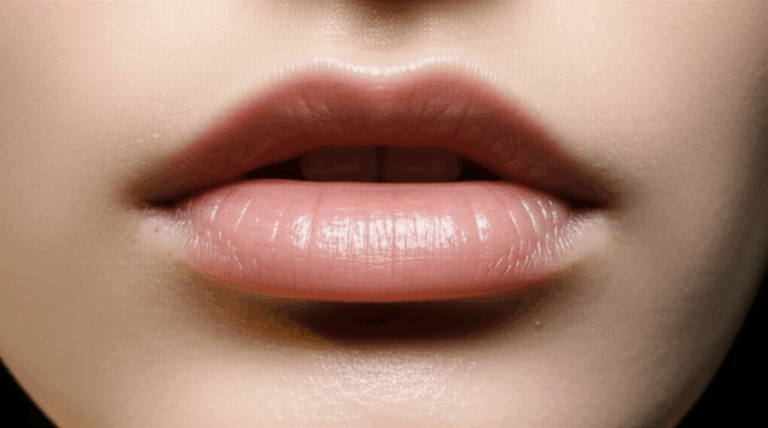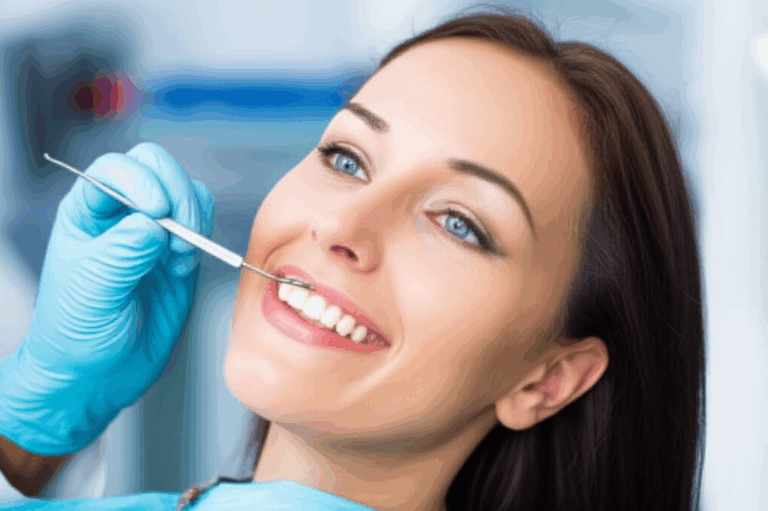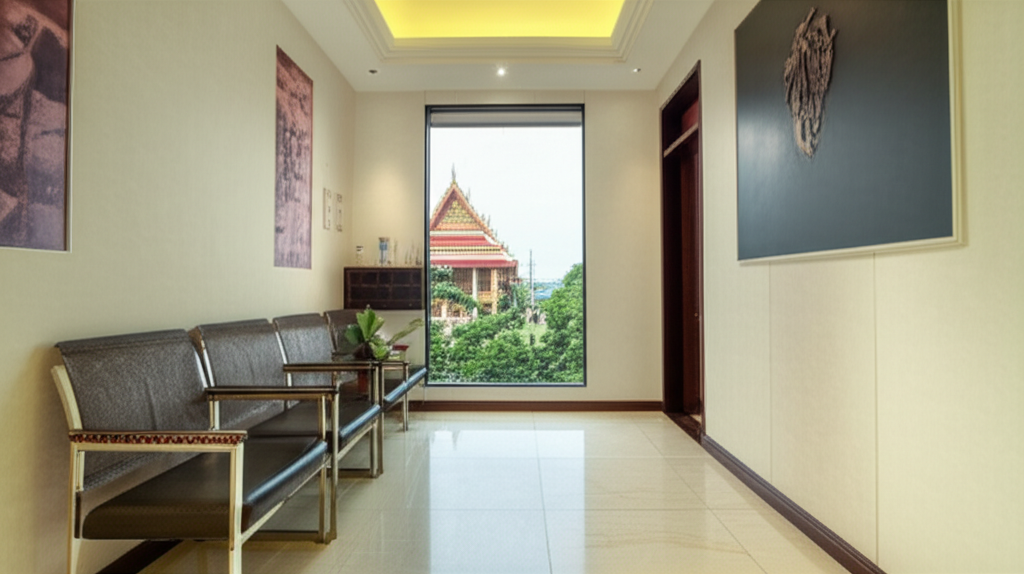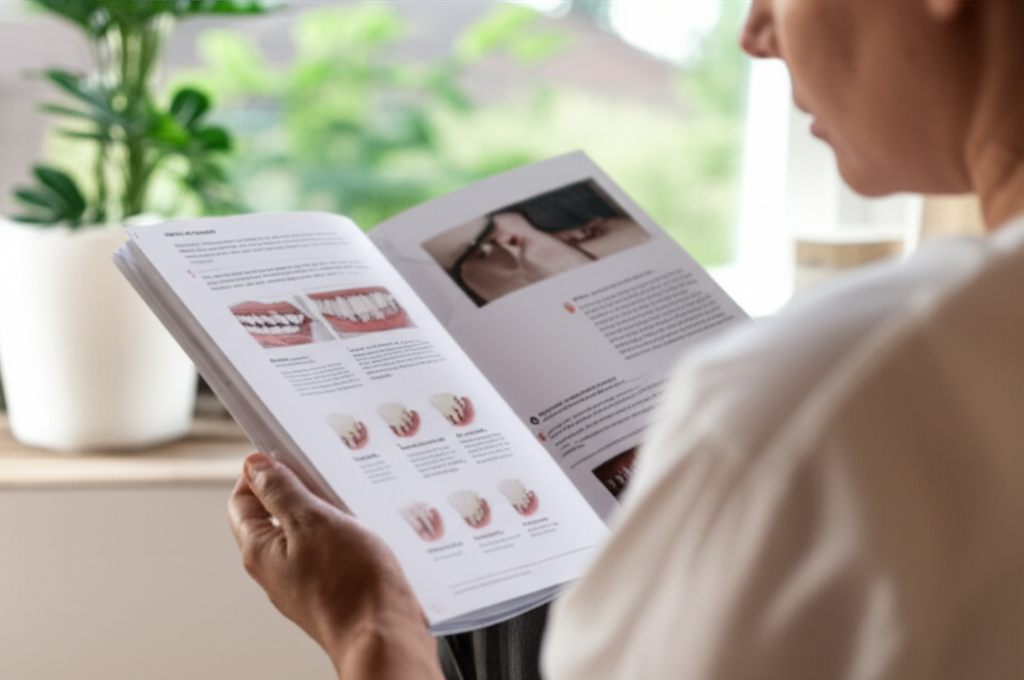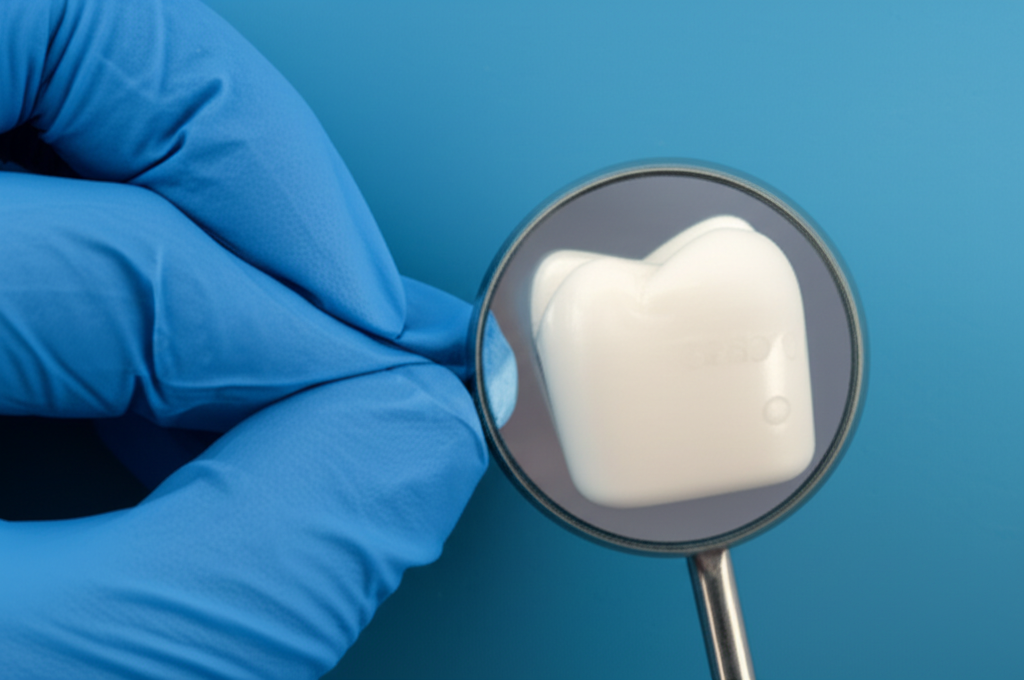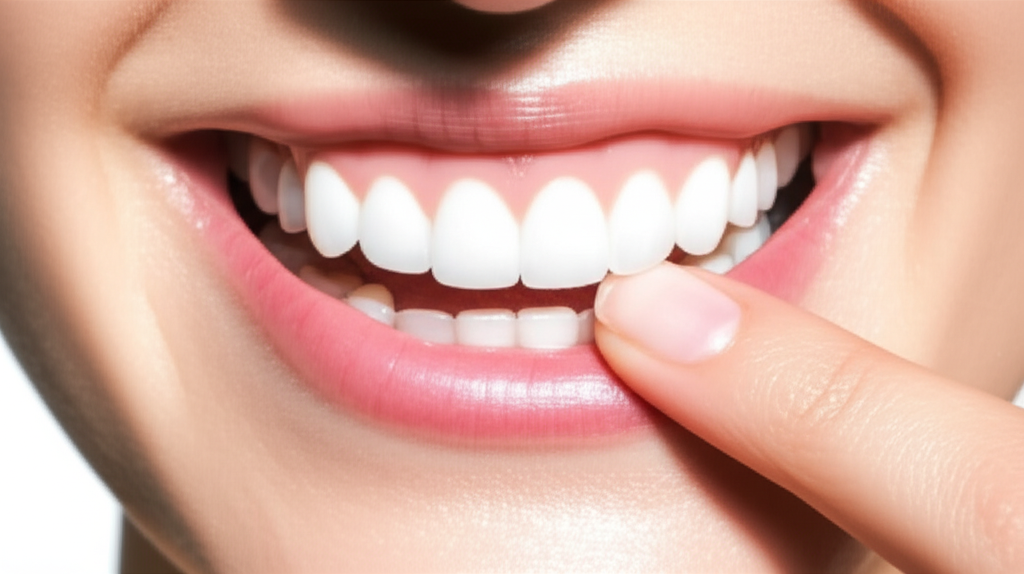
Can You Eat With Clip-On Veneers? My Complete Guide to Dining Safely
Table of Contents
Introduction: My Journey With Clip-On Veneers
When I got my first clip-on veneers, I was excited and nervous. I wanted a better smile for special moments, and the idea of no drills or dentist visits sounded perfect. But one big question popped up right away: Can I eat with these?
Over time, I tried lots of things—from quick snacks to dinner out with friends. I listened to advice, checked websites, even asked dentists and other users online. Sometimes I made mistakes, sometimes I did things right. Now, I’m here to share everything I learned so you don’t waste money or end up feeling annoyed.
Direct Answer: So, Can I Eat With My Clip-On Veneers?
General Recommendation
Here’s the honest answer: Most companies and dentists say you should take your clip-on veneers out before you eat. That’s what I keep hearing from places like Instasmile and Removable Veneers USA.
Why? These veneers make your smile look nice and work for photos or short times, but they’re made from acrylic or plastic, not strong materials like real teeth or the kind real dentists use for permanent veneers.
When Eating Is Okay (But Only Sometimes!)
But let’s be real. Sometimes you just can’t or don’t want to take them off for a quick bite or drink.
The main thing to know is: Only eat soft foods and drink liquids. Things like yogurt, soup, soft bread, or scrambled eggs are okay. Take small bites, chew very gently, and if you’re not sure, just take them out.
The Truth About Their Limitations
If you try eating a carrot or steak, you’re asking for your veneers to crack or pop off. They just aren’t strong enough.
For me, I think clip-ons are awesome for a picture or a toast. They’re not made for real chewing or eating hard foods. You can’t grind or bite hard things with them—they’re mostly for looks, not heavy use.
Foods to Strictly Avoid—Learn From My Mistakes
Learn from what I did wrong. Eating the foods below might break your veneers or make your day a lot worse.
Hard Foods
This is a big “no.” I thought one time that a piece of crusty bread would be fine. It wasn’t. Hard foods like nuts, ice, and raw veggies can crack or break your veneers. If it happens, you might need a brand-new set.
- Don’t try:
- Nuts and seeds
- Raw carrots
- Ice
- Hard candy
- French bread with a hard crust
Sticky and Chewy Foods
Stuff like gum, caramel, or gummy candy will stick right to your veneers. They can even pull the veneers off! Sticky foods also get stuck in the little gaps, which can be pretty embarrassing.
- Stay away from:
- Caramel, toffee, taffy
- Chewing gum (any kind)
- Sticky desserts
Crunchy Foods
Popcorn, potato chips, crunchy cereal—all of these are bad news. I tried popcorn once—got a piece under my veneer, and it hurt!
Don’t eat:
- Popcorn
- Potato chips
- Crunchy breakfast cereal
Hot or Cold Foods and Drinks
Really hot or super cold drinks can change the way veneers fit, because the plastic can get bigger or smaller. After I drank hot tea, my veneers didn’t fit as tight. Won’t do that again.
Careful with:
- Hot soup, coffee, or tea
- Cold drinks or ice cream
Staining Agents
These are foods and drinks that can stain your veneers super fast. Unlike the dentist kind, these can get stained in just one meal. I had berries and some red wine—my veneers got stained, and I could never get them totally clean again.
Watch out for:
- Coffee, tea, red wine
- Blueberries, blackberries
- Curry or foods with lots of strong colors
Foods You CAN Eat (With Care!)
So, what CAN you eat with your veneers in? Go for soft, not sticky, and not super hot or cold stuff.
Soft Foods and Liquids
Most soft foods work if you’re careful. I usually go for:
- Yogurt
- Pudding
- Mashed potatoes
- Pasta (without crunchy stuff!)
- Scrambled eggs
- Applesauce
Plain water or milk is safest. If you really want a drink that might stain (like coffee or soda), use a straw and rinse right after.
Cooked Veggies and Tender Meats
Steamed or boiled veggies are okay. If you want meat or fish, make sure it’s soft and in tiny pieces.
- Steamed carrots, zucchini, sweet potatoes
- Soft fish, small soft chicken pieces
Other Low-Risk Foods
Soft cheese, ripe bananas, or melon are all pretty safe. If a baby could eat it, your veneers probably can too.
Practical Tips for Eating With Clip-On Veneers
These are the tricks I learned from trying things and from what dental pros say:
It takes a little practice, but you’ll soon know what feels safe for you.
Risks and Downsides: The Real-Life Problems I Faced
Even if you’re careful, things happen. Here’s what can go wrong if you eat with your veneers:
- Damage: Cracks or breaks can happen fast. I lost a set because I didn’t see there were nuts in my sandwich.
- Popping Off: Veneers can pop out when you chew. It can be embarrassing!
- Food Getting Stuck: Even soft food sneaks under sometimes. It’s uncomfortable, can cause bad breath, and means you need to clean right away.
- Wearing Out Faster: They’re supposed to last up to a year, but if you eat a lot with them, you might get only a few months (or weeks) out of them.
- Stains: Drinks and sauces can make them look old and dirty.
- Weird Feeling: It feels strange at first, especially when you eat.
Don’t let that scare you too much. Just be careful, and your veneers will keep looking good for a lot longer.
Taking Care of Veneers After Eating
Looking after your veneers is the best way to keep them lasting.
I also brush and floss my real teeth before putting the veneers back in. That’s better for your mouth.
When To Take Off Your Veneers—It Matters!
Here’s when I always take mine out, and so should you:
- Full meals or hard foods: Anything with tough, chewy, or crunchy stuff is too risky.
- Sports or exercise: I wore them once playing basketball. Not smart.
- Brushing and flossing: They block your real teeth.
- If your gums feel sore: Give your mouth a break now and then.
Doing this saves you from problems and keeps your veneers looking better.
Clip-On Veneers vs. Traditional Veneers: Eating Isn’t the Same
I’ve tried both—here’s what I found out and what dentists say:
Traditional Veneers:
- They’re glued onto your real teeth by your dentist.
- Made from tough porcelain or composite.
- You mostly eat what you want—just like real teeth.
Clip-On Veneers:
- Removable and not glued to your teeth.
- Made from softer plastic.
- Only soft foods, and it’s safer to take them out for most meals.
If you want to eat anything, traditional veneers (often made at a veneers lab or dental ceramics lab) are better—but you’ll have to see the dentist.
Frequently Asked Questions
Can I drink coffee with my clip-on veneers?
You can, but it stains real fast. If you need your coffee, drink with a straw and clean right away.
What if food gets stuck under my veneers?
Take them out as soon as you can. Rinse your mouth and the veneers, and gently brush both. Don’t leave anything stuck.
Will eating ruin my veneers right away?
Maybe. Sometimes even a soft meal can cause a crack or stain. Better safe than sorry.
How long will my veneers last if I eat with them?
If you’re careful, maybe 6–24 months. Eat with them often, and they can break or look old in just a few months or sooner.
Conclusion: My Best Advice for Enjoying Clip-On Veneers Safely
Here’s what I tell anyone who asks: Clip-on veneers make your smile brighter, but they’re not meant for lots of biting and chewing. Take them out for most meals, especially if the food is tough, crunchy, or chewy. If you eat with them, keep it soft, eat slowly, and clean them right away.
If you want veneers that can handle any meal, talk to a dentist or check out a dental ceramics lab or removable denture lab. Your comfort and smile should both feel good.
At the end, treat your veneers kindly, and they’ll keep your smile looking great—just try not to eat hard chips while wearing them!
Author’s Note: Got your own clip-on veneer story or questions? Drop a comment below—I’ve probably been there too!

